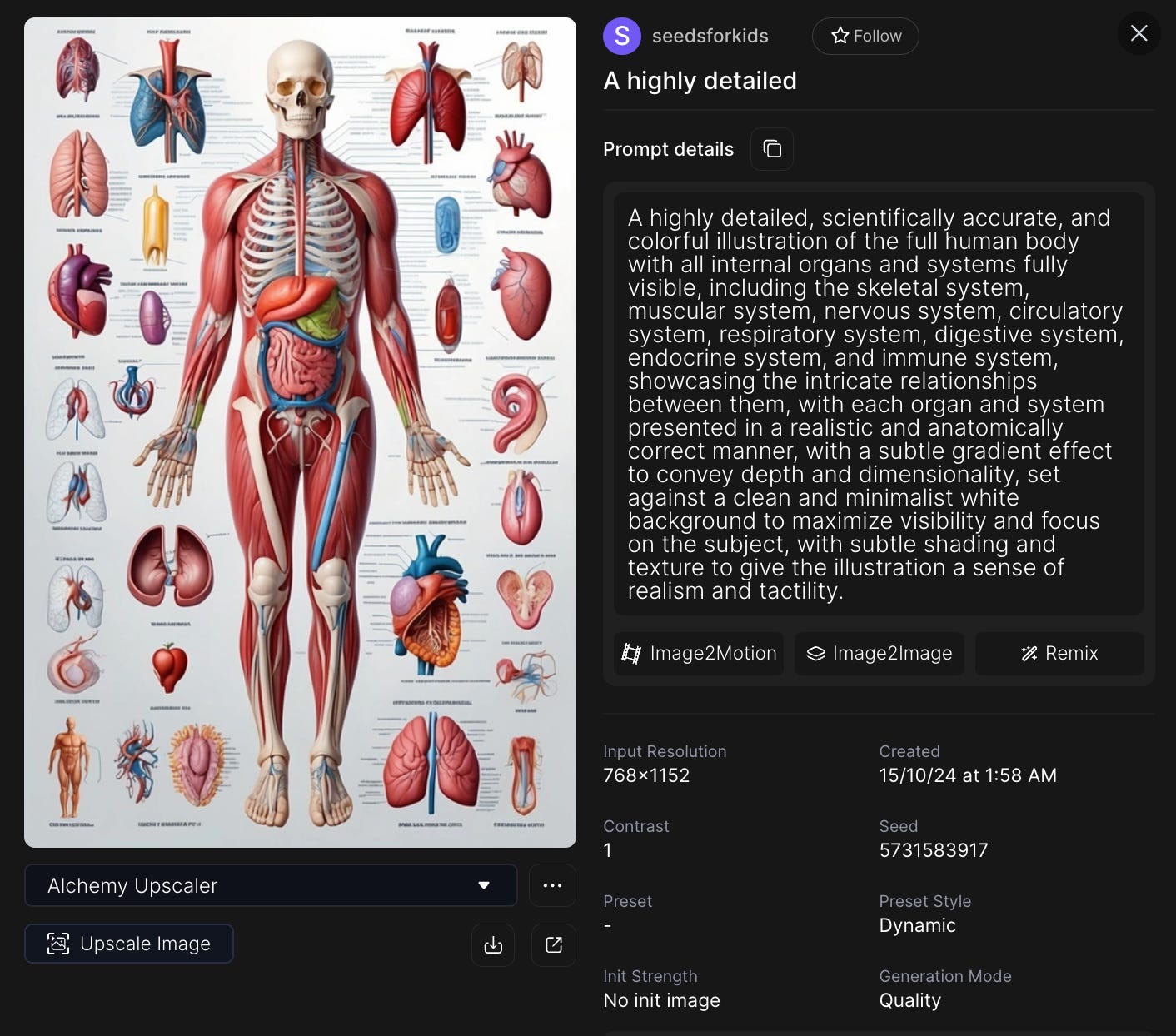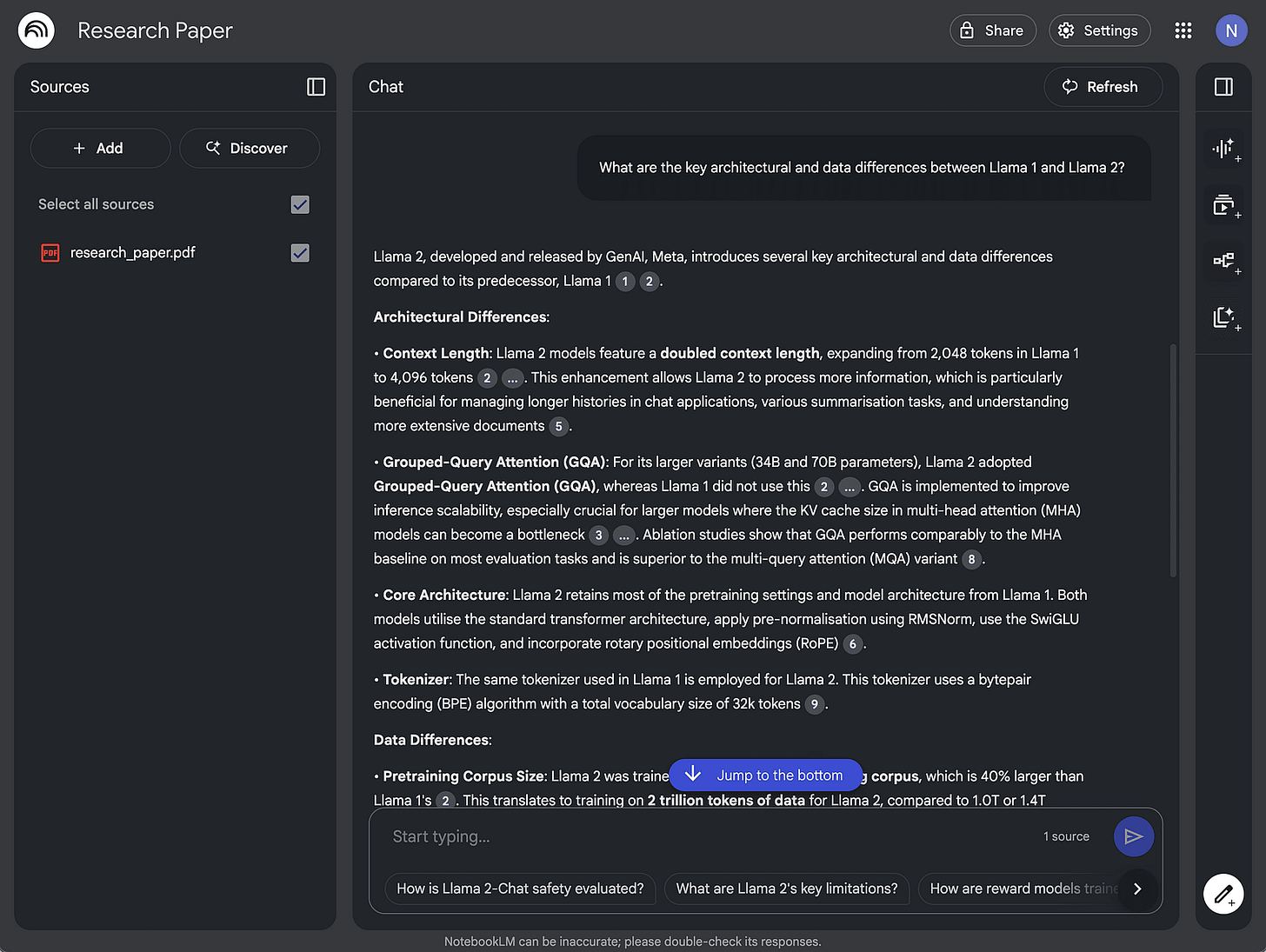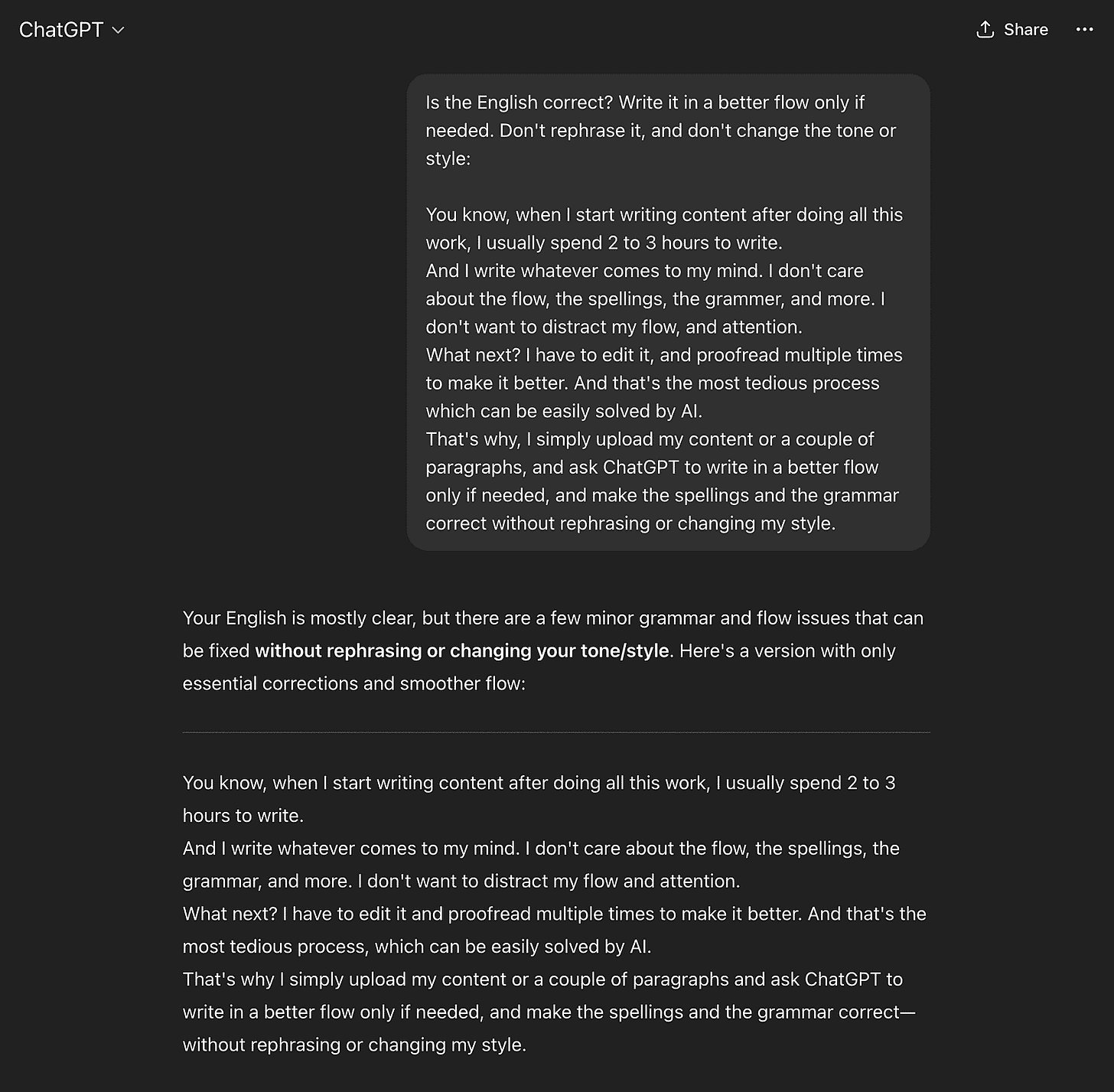I'm Using AI (to Write Online), and It's Giving Me an Unfair Advantage Over Others
Here, I'm going to show you how I use different AI tools to create content faster, make it better, and do it all for free.
If you follow me, you may know I’ve been writing online for over 5 years. And to be honest, writing online and making money is not at all easy.
You need to be consistent, find viral topics, research them thoroughly, learn a lot about content strategy, be patient, and every day think about how you can generate more value and income.
Yes, simply writing won’t make you money. You need to write content that truly resonates, so more people share it, buy your Gumroad products, or become paid subscribers to support your work.
Note: If you found this post valuable or learned something new, consider becoming a paid subscriber to this newsletter. It’s the best way to support my work and keep this kind of content coming.
Sure, earlier, I was making the most from Medium, but thanks to their unexpected algorithm changes, my earnings significantly dropped.
This experience taught me that I can’t solely depend on a single platform to make a living since rules can change overnight. That’s why I’m focusing on platforms like Substack and Gumroad, and constantly building new income streams.
But with all this going on, I no longer have 8–10 hours a day to dedicate solely to writing. So, I started using AI tools to have an unfair advantage over others.
Note that this isn’t just about saving time; it’s about consistently writing high-quality, engaging content at speed and scale. This ability to maintain both volume and quality simultaneously, that’s the unfair advantage I’m talking about.
But how exactly do I do this? Well, that’s what I’m going to share in this post. With that said, let’s get started.
1. Getting ideas
To be honest, most of the writers find it difficult to get a “viral idea”. Yes, I’m talking about a viral idea since any idea won’t work and help you make more.
Well, the same case is for me as well.
I believe the first way to get ideas is to keep learning, reading something new based on your niche or what you are an expert with. I’m learning about AI, using multiple AI tools in my free time, so I can usually get tons of ideas about that topic.
And the second way to get some ideas is to use LLMs. Yes, I am talking about ChatGPT, Gemini, Claude, and more.
For instance, I have something in my mind and want to know some ideas that I can write about, so I will ask ChatGPT for that.
Here’s an example:
As you can see, all these titles are literally better than I ever expected. And if I’m a reader, I would definitely click on one of these titles to read further.
The same way, we can ask for trendy topics based on your target audience and everything about what you want to know.
Not only titles, but sometimes I even ask ChatGPT to give me an outline for a specific title.
Here’s an example:
As you can see, it is way better than you can expect from an LLM, and I can for sure write a post with this outline in my mind.
Sure, I can and will further modify the outline, and won’t simply copy the complete outline, but it is a great starting point.
2. Researching
Honestly, researching a topic has become super easy once I know what I’m writing and have an outline to go by.
But how?
First, I always start with Perplexity AI. It’s not just a search engine; it actually gives you direct answers with sources. I just type in my topic or specific questions from my outline:
As you can see, Perplexity gives me organized info, sometimes even in tables, and links right to the original sources. This saves me from opening too many tabs and wasting time on useless information.
Next, if I want to go deeper or understand specific documents better, I use ChatGPT or Claude to upload files. Along with that, I can add articles, research papers, or even my old blog posts, and ask the AI to:
Find key facts or numbers related to my topic
Summarize long or complex reports
Compare information across different files I’ve uploaded
Lastly, for deep research, I really like using NotebookLM.
If I have a couple of files like PDFs or Google Docs, I upload them there. NotebookLM then acts like a personal AI assistant that only looks at my documents to answer questions.
With it, I can:
Ask very specific questions and get answers backed by my own files
Quickly get summaries, study notes, or even brainstorm ideas usually in just a minute or two
One really important point though: While AI tools like Perplexity and other LLMs are great for quick summaries, but I always double-check the info and read the original sources to make sure it’s correct. Why? Well, AI can sometimes ‘hallucinate’ facts so I want to be sure.
3. Generating realistic images & specific charts
Earlier, when there were no AI tools, I was simply focusing on using tools like Pexels, Pixabay, and Unsplash to add thumbnails to my posts.
But these tools have some generic photos, and sometimes I can’t find a specific photo related to a topic, or need to spend too much time to find one.
And that’s the reason, when I got to know about AI image generators, I tried a couple of the best ones to find the one that suits me.
After trying multiple options, I began using Leonardo AI a lot. It’s free and my personal favorite.
Just to give you an example, see the below image generated by Leonardo AI.

Also, note that the better, more descriptive prompt you write, the better images you generate like “A hyper-realistic close-up of a human hand interacting with a glowing digital interface, blurred background, volumetric lighting, tech art style”.
Now, talking about generating specific charts, most often, I use Napkin AI, a free AI tool that lets you turn text into visuals within seconds.
It’s one of the best AI tools right now to generate visuals, and the visuals it generates will blow your mind.
For more complex data visualization, I’ve also experimented with using LLMs to interpret raw data and suggest chart types, and then used tools like Canva’s Graph Maker to quickly create the actual visuals.
4. Editing and proofreading
You know, when I start the initial draft after all the ideation and research, I typically spend 2 to 3 hours just getting thoughts down. I don’t care about the flow, the spellings, the grammar, or anything else in that first burst.
Why? Because I simply want to focus on capturing the core message and ideas, without losing momentum or attention to perfection.
But then comes the real work: editing and proofreading.
This used to be the most tedious and time-consuming process, requiring multiple passes to refine everything. That’s where AI truly becomes my unfair advantage.
Instead of manually going through every sentence, I use AI.
To be more specific, I upload my entire draft, or even a few paragraphs at a time, and prompt a tool like ChatGPT, Gemini, or even dedicated AI writing assistants to:
Improve flow: Rewrite this section so it’s easier to read and the paragraphs flow more smoothly from one to the next.
Correct grammar and spelling errors: Proofread this content for any grammatical mistakes, typos, or punctuation errors.
Enhance clarity and conciseness: Simplify complex sentences and remove any redundant words or phrases without altering the core meaning.
Refine tone and style (subtly): Make sure the tone is [e.g., informative and engaging], and keep my original writing style. Don’t change my main ideas.
Most of the time, this simple process finishes my work and gives me the exact content I want.
5. Turning one post into multiple formats
When I first started writing online, I was primarily focused on Medium.
Sure, it allowed me to build an audience and earn good money, but the sudden algorithm changes I mentioned earlier were a wake-up call.
I realized that depending solely on one channel was a risky strategy.
That’s why I’ve diversified my efforts — now publishing on platforms like Medium, Substack, Dev.to, and LinkedIn.
But simply republishing the exact same content across all these platforms doesn’t make sense; each has its own audience, format preferences, and best practices.
This is where AI really helps with repurposing content.
Here are specific ways I repurpose content with AI:
LinkedIn Posts: I’ll ask an LLM (like ChatGPT or Gemini) to “Summarize this blog post into a concise and professional LinkedIn update, focusing on [1–2 key takeaways] and adding a strong call to action to read the full article”.
Substack Notes: For shorter, more direct engagement, I’ll prompt AI to “Extract the most compelling insights or a quick tip from this post to create a brief, engaging Substack Note”.
Twitter Threads (X Threads): This is one of my favorite ways to turn a long article into bite-sized, tweet-friendly chunks. I just say, “Make a 5-tweet thread that sums up the key points of this article. Add emojis and strong hooks to make each tweet stand out”.
Email Snippets: With LLMs, I pick out the most interesting parts of my content to use in emails. I simply prompt, “Write a short and catchy email blurb that gets people to click and read the full post”.
YouTube Video Scripts: If I wanted to turn a post into a video, I’d ask, “Generate a YouTube video script outline based on this blog post, including an intro hook, main points for the body, and a call to action for viewers”.
Let’s take the example of this very post you’re reading. Once it’s complete, I’ll use AI to transform it.
Honestly, being able to quickly turn one piece of content into many formats saves me a lot of time and helps me reach more people. Using AI this way is a big reason why I have an “unfair advantage” when it comes to growing different sources of income.
That’s all for now.
Hope you like it.
If you liked this post and want to read more like it, please consider becoming a paid subscriber (if you haven’t), and sharing it with others. It really helps me grow and make a living, so I can spend more time writing quality posts.










Thanks for sharing 😊 some great insights, I am looking forward to playing with Napkin AI. I have been using LLM’s to generate mermaid code for technical architectures that can easily be used either in mermaid or draw.io.
Really looking forward to experimenting with Leonardo as I’ve yet to find an accurate image generator